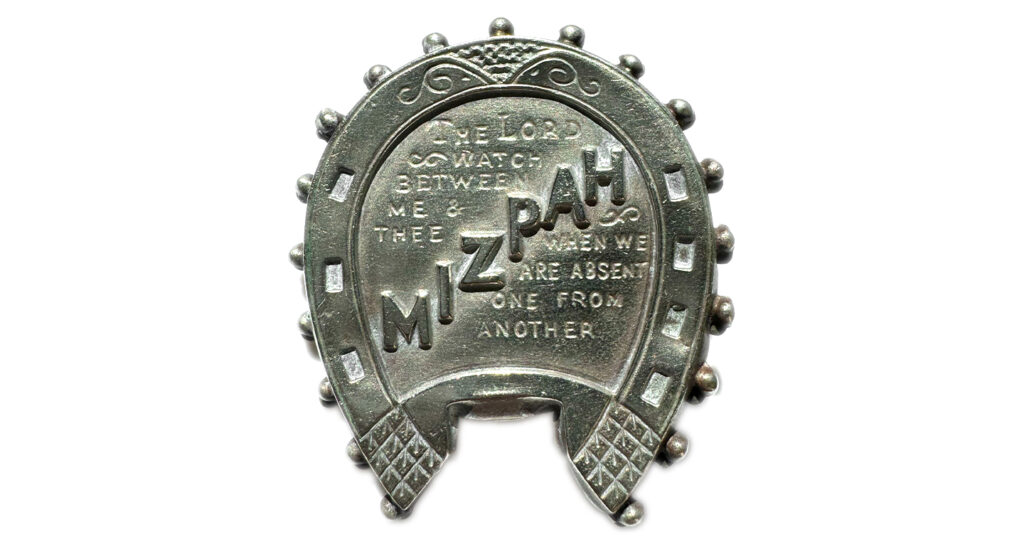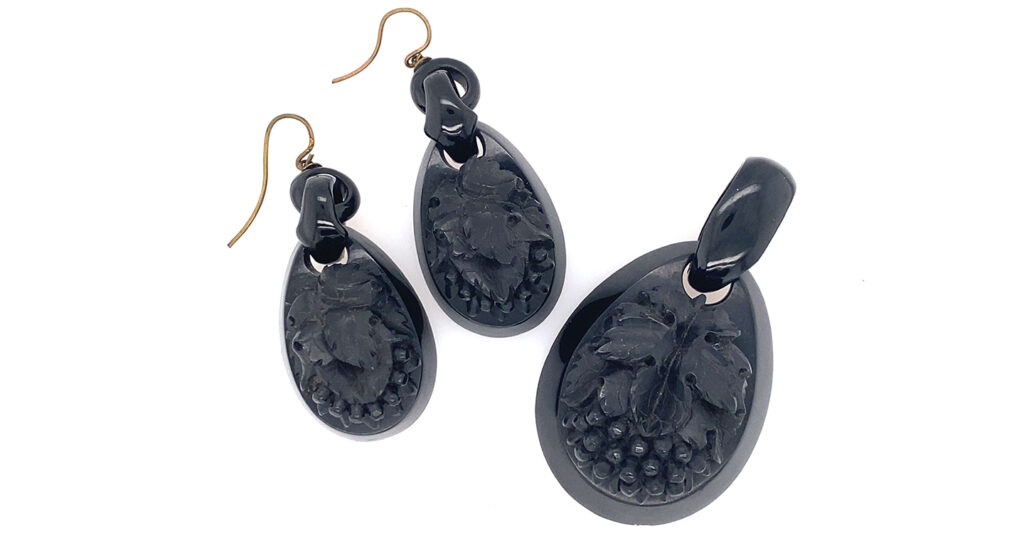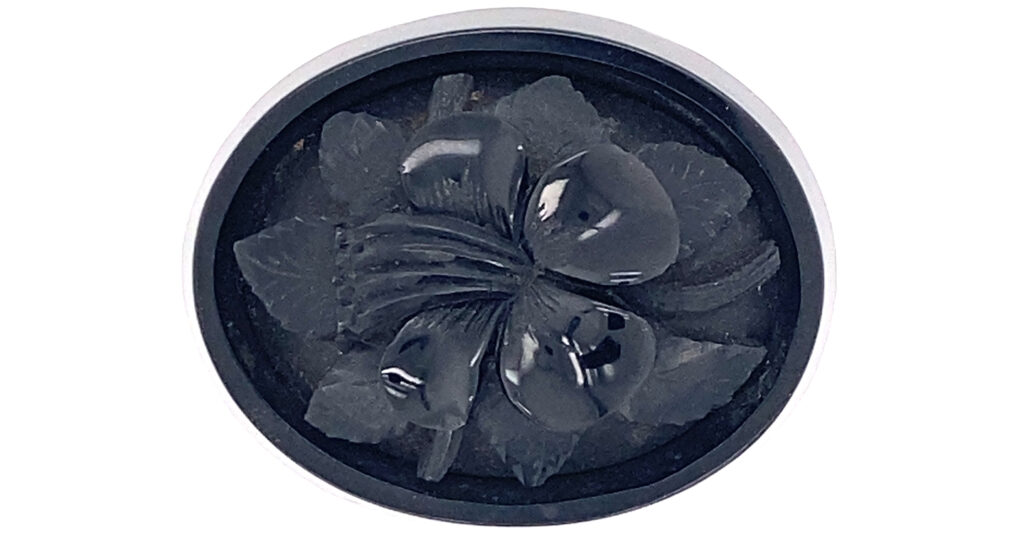Damage in a Late 19th Century Brooch
Damage is such a common theme with jewels from the 1850s onwards that we have to discuss it. More so that the jewels from the 1854 Hallmarking Act led to lower grade allows, hence there is more resonance with jewels that suffer from oxidisation or simple damage from being hollow. Pinchbeck is one of the most common of the alloys used in memorial jewels, this being a combination of copper and zinc. The affection of gold could be worn by other classes, and worn with pride, and this still resonates today, as these jewels are still worn.
This particular hollow jewel suffers from the oxidisation in the north of its presence, with the interior being filled by black enamel and the tight hair weave inside the memento. Notice the water damage to the hairwork and that is where one can spot a good jewel and its hazards. A collector should always check the quality of the hairwork and the enamel first. If the enamel looks like it has been adjusted or amended, then that is a tell-tale sign, but if the hairwork is damaged or has any rot or water damage, then that will reflect upon the greater jewel.
It’s unfortunate that these jewels suffer an easy fate of degradation, considering their reason of being. These jewels are not expensive, but they tell a tale from their time, a tale which is lost with most. Let’s look at this particular one!
This brooch was worn at the next for a loved one. We can assume, due to the black enamel (there is no reverse inscription), that it was for the purpose of mourning. As we have discussed, mourning was a necessity, not an affection in society. One must have had to be the pillar of the family to live in mourning, representing the husband and children. This is very much due to its time of creation, that being the post 1860 period.
What is important to note because of its date is in its design. The design has two motifs working together, and quite beautifully. Notice the external border of the piece; what do you see? There is the very pronounced Victorian Rococo Revival acanthus design, embellishing the larger size of the jewel. A motif which stayed popular from 1854-1900. This was in much of the mass-produced mainstream jewellery designs, however, as there were many concurrent styles that would overtake this in more fashionable areas, such as the burgeoning Art Nouveau and Arts and Crafts styles.
And what can we make of the interior? Below, I will post links to the Gothic Revival style that reigned from the 1830s-50s, and here is stands proud. It flanks the hairwork memento with the embellished floral design. This is not uncommon as a leftover from its time, but it is wonderful to see when combined with the Rococo Revival designs.
What can we make from this jewel at the end of the day? It’s a practical jewel. A jewel that could have been worn daily as a token of love. When it comes to collection and analysing mourning and sentimental jewels, is there any other reason? It resonates today and tells us a tale, that’s why we can appreciate and still love this brooch, which will last for future generations.
Related Reading:
– Gothic Revival in Culture and Jewellery: Part 1, c.1740-c.1850
– Gothic Revival in Culture and Jewellery: Part 2, c.1850-c.1900
– Gothic Revival in Culture and Jewellery: Part 3, Breaking Perceptions
– Empire Style Takes Control in this Victorian Brooch
– Simplification of Gothic Revival Design in a Brooch
– Gothic Revival and Its Influence in a Brooch







